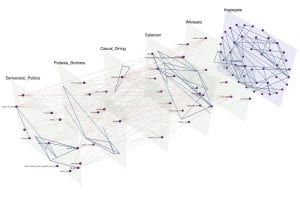Since its emergence, Twitter has forever changed the way we write.
Posts, AKA Tweets, are little bits of information that users share with their followers. Tweets are limited to a 280 character limit, meaning messages must be short and to the point.
But what does the evolution of the first instance of writing tell us about the way Twitter changes the way we write?
Before we address the question, let’s talk about the one of the earliest forms of writing. Researh indicates that early civilizations used clay envelopes (bulla) filled with tokens. These tokens represented different objects, and on the outside of the envelope were engravings denoting what was inside. This envelope system worked, but as time went by, it was easier to just engrave. Denise Schmandt-Besserat explains this significant writing changes:
At first the innovation flourished because of its convenience; anyone could “read” what tokens a bulla contained and how many without destroying the envelope and its seal impressions. What then happened was virtually inevitable, and the substitution of two-dimensional portrayals of the tokens for the tokens themselves would seem to have been the crucial link between the archaic recording system and writing. (read more here)
Over time, we have found ways to simplify writing. With Twitter, the limited space has led to the use of acronyms, abbreviations and emojis to convey the user’s message. The meaning has not changed, just the way it was written has.
Just like early civilizations simplified their writing system, Twitter users continue to simplify their writing. If writing can be condensed, it will be.
Will we ever reach a point where writing can’t be further simplified? I don’t know, but that is a question for another time.
